Wild Lettuce: Uses, Benefits, Side Effects and Identification
Have you ever wondered if there is plant or herb of some sort that could be found almost anywhere (and what I mean by “anywhere” is, in your front yard, back yard, along the side of the road, on the edge of a parking lot or along side a hiking trail) that could heal and relieve a plethora of ailments (not the least of which, one that would help with “pain reduction”) instead of costly prescriptions, over the counter medicines or supplements?
Well, here is one that could very well be that “wonder plant.”
Enter Wild Lettuce.
What Is Wild Lettuce?
Also known by it’s botanical/scientific name “Lactusa Virosa,” wild lettuce is of the genus Lactusa. It is related to the sunflower family which is part of the Asteraceae plant family which has 23,600 species of herbs, shrubs, and trees throughout the world, making a member of one the largest plant families worldwide.
![By Fritz Flohr Reynolds - Flickr [1], CC BY-SA 2.0, https://commons.wikimedia.org/w/index.php?curid=64396630](https://upload.wikimedia.org/wikipedia/commons/thumb/d/d2/L._canadensis-.jpg/800px-L._canadensis-.jpg)
Wild lettuce is a biennial herb (takes 2 years to complete it’s life-cycle) and prefers moist rich soil.
Other names: Bitter lettuce, Opium Lettuce and Poisonous Lettuce. In Latin “Lactusa” means “milky extract” and Virosa means “poison.” source
Legality:
Despite the fact the plant has been nicknamed with some precarious terms, one of which being “Opium Lettuce,” there are 2 things to take into consideration:
- It is not an opiate or a source thereof
- It is totally legal here in the US as an unscheduled substance by the FDA, which means it can be harvested, grown, sold and used. You may want to check the legal status within your country, if you live outside of the US, for verification.
Wild Lettuce: History, Origin and Folklore
There are some who believe that the first known wild lettuce appeared dating back at least to 4500 BC. source
Wild Lettuce is purported to be native to Europe and in particular, east and southeast England. However, it is also claimed that it is indigenous to the Himalayan region of India.
Warning: The painting below is a bit explicit and is probably not suitable for younger viewers.

It is claimed that the ancient Egyptians grew and harvested wild lettuce at least as far back as 4500+ years ago according to hieroglyphic evidence. There are depictions of the Egyptian god Min (who was known as the phallic god of procreation and fertility) with what is alleged to be a wild lettuce plant in many of the hieroglyphs. The plant was said to have been used for aphrodisiac purposes. It is also claimed that the Egyptians had a book that was used for aphrodisiac potions. It’s been suggested that many of the recipes included wild lettuce.
The renowned Greek physician (known as the father of medicine) “Hippocrates” wrote texts in reference to prescribing wild lettuce for it’s healing and sedative properties as far back as 430 BC. source
In contrast to the Ancient Egyptian’s findings and usage, Pliny the Elder (23-79 AD), who was a Roman author, a naturalist and philosopher, wrote about how this herb could diminish sexual desire. He also wrote on it’s effects as remedy for, fever, stomach problems and it’s ability to increase blood flow.

Another esteemed Greek doctor and pharmacologist named “Dioscorides” (40-90 AD) wrote a five volume encyclopedia called the Materia Medica. These writings were essentially an herbal healing manifesto and a forerunner to modern pharmacopeia. Therein, he writes about the uses of wild lettuce for pain killing and it’s sedative properties.
In ancient Rome, Augustus (the first emperor of Rome) was afflicted with a grave illness and he claimed that wild lettuce cured him. He then had a statue of the herbalist made, for prescribing the wild lettuce, in commemoration.
The Hopi Indians used it for enhancing dreams to aid in attaining prophetic visions. It was usually smoked or drank right before sleeping for optimized effects.
Hildegard Von Bingen (1098-1179), a 12th century visionary, wrote pioneering texts about the curative qualities of herbal healing. In her writings, she documents the psychoactive effects of wild lettuce.
During the colonization period in the 1800’s, wild lettuce finally reached other continents, including North America. It was extensively used throughout the civil war. Especially when medicinal opium was not available.
In the 1900’s the Polish conducted several studies on wild lettuce that were recorded in their journals. Excerpt: “The action of the substance was weaker than that of opium, but free of the side-effects, and medical practice showed that in some cases lactucarium produced better curative effects than opium.”
There are many other historical examples through the annals of time that could be cited here, but the documentation through the years demonstrates very strongly that this plant has been used favorably for a very long time.
Nutrients, Uses And Benefits Of Wild Lettuce 
Lets now observe some of the uses of wild lettuce and the benefits which come from (primarily) the 2 active substances lactucin and lactucopicrin as well as other powerful nutrients in the white milky latex (sap).
Nutrients:
Sesquiterpene Lactones:
A substance that contains a number of bio-active compounds (2 of which are mentioned above “lactucin and lactucopicrin“) that plays a role in fighting:
- cancer
- cardiovascular disease
- inflammation
- diarrea
- burns
- neurodegradation
Coumarins:
This is a phytochemical and antioxident that supports many bodily functions including:
- Increased blood flow in the veins and proper functioning of the heart
- Protects the body from cancer cells
- Relieves the symptoms of Alzheimer’s disease
- Aiding in driving out harmful bacteria
- Protects the brain and central nervous system
- Reinforces the immune system and speeds up healing
- Soothes the respiratory tract and is a remedy for asthma
Side effects of excessive Coumarins in the body:
- Liver damage
- Kidney damage
Quercetin:
A powerful antioxidant that promotes:
- The protection of DNA and cell membranes from free radicals
- The reduction of blood pressure and hypertension
- Cardiovascular health
- In fighting respiratory infection
- Protection against dermatitis
- Reduction of infection and replication of herpes simplex
- Anti-allergic properties
- The reduction of bladder infection and urinary disease
- The removal of iron from cancer cells, which stops their growth in their tracks
- Prevention of bone loss
Side effects of excessive Quercetin in the body:
- Headache
- Indigestion
- Kidney damage
Flavonoids
Uses and benefits for specific ailments:
Pain relief:
As stated earlier, the wild lettuce plant has a historical background in relieving pain. In an animal study, a 30mg/kg dose of Lactucopicrin was shown to have the same or better than a 60mg/kg dose of ibuprofen. Here are some pain related symptoms and conditions which wild lettuce has shown remedy for pain:
- arthritis
- painful menstrual cycles in women
- headaches and migraines
- pain from bruises/broken bones/cuts
Diuretic Properties:
Can increase urinary flow and address symptoms and conditions such as:
-
- urinary tract infections
- edema
Sleep disorders:
The active chemicals in this plant has strong sedative properties. Some suggest combining it with Valerian to get you into your nightly slumber.
Anxiety:
Because of it’s relaxing properties, wild lettuce can also help with anxiety disorders. The sedative effects help ease nerves and other bodily tension.
Asthma and chronic cough:
It helps in loosening and expelling phlegm and mucus from the respiratory system, thus making for easier breathing.
Atherosclerosis:
This is a condition where the arteries become thick and hardened due plaque build up, unhealthy fats and other substances building up in the wall of the arteries. Which is a causation for the restriction of blood flow to the heart, brain and other vital organs. The oil from the seed of wild lettuce can help to restore the flexibility and elasticity of those arteries that are affected.
For Skin:
Wild lettuce could be used for treating skin issues. The latex (milky sap) can be applied topically to chapped skin or to treat infection.
Migraines and headaches:
One cup of wild lettuce tea can ward off a headache in short order. Wild lettuce tincture can also be very effective.
Recreational purposes:
Aside from the medicinal benefits of this plant/herb, it also has psychoactive properties. Many cultures over many centuries have used it as a leisure drug to for it’s euphoric effects.
Note: Not advisable if you are pregnant or have “weed” allergies.
Video – More on the benefits of wild lettuce and other information:
Identification And Regions In Which Wild Lettuce Grows
The wild lettuce plant typically grows about 200cm high. It can be found growing in areas such as, grassy road sides, banks near the sea, through cracks in sidewalks, and vacant lots (just to name a few). The leaves of the main body of the plant extend from about 6 to 18 inches in length. The leaves near the center/apex of the plant are more vertical and are much shorter.
Multiple flowering occurs on a single plant. The small yellow flowers are about 1/4 inch in diameter and the plant usually blossoms from July to September. Later in this cycle, the plant will produce a black fruit with a wide wing on the edge. Then the top of the fruit will extend into a long white beak carrying a silvery cluster of hair. source
Here are a couple videos to help in identifying the three wild lettuce plants mentioned above in the “What Is wild Lettuce?” section of this article:
Lactuca Virosa And Serriola:
Lactuca Canadensis:
More videos on how to identify wild lettuce:
Regions of the world where wild lettuce grows wild:
- Australia
- Southern Europe (Eastern and Southeastern England)
- North America
- India
Unfortunately, there doesn’t seem to be much out there (a map or otherwise) on the internet in terms of specific locations in the regions within the continents/countries mentioned above, but if one is interested in finding out, maybe searching (on the internet, asking locals or foraging) within the specific area of the region where you live would probably be the best bet to find out if it grows wild there. If you live in an area where there is lot of wild green plant life, I’d suspect your probably in luck.
How To Make Various Preparations
Note: When it comes to applying the proper dosage of these preparations, there are 3 things to take into account:
- Your size (weight)
- Your age
- Your level of tolerance
Wild Lettuce tea:
The tea can be made exclusively from the herb or with chamomile and green tea added to enhance the flavor.
Preparation and dosage:
- Use 1 to 2 teaspoons cut and dried leaves (depending on the 3 variables mentioned above) in a glass of hot water, let steep for 10 to 15 minutes before consuming.
- Another tip is to take the leaves that have been collected and dried and grind them, then put 1 to 2 teaspoons in a cup of water and let boil 3 to 5 minutes before consuming.
Video 101 on How to make wild lettuce tea and other valuable insights:
Tincture:
Tincture can be applied directly on the skin or administered orally on the tongue and gums.
Preparation:
- Take an entire harvested lettuce plant and cut it into small pieces
- Put it in the blender and add an active compound such as, propylene glycol, vegetable glycerin or vodka).
- Let the mixture sit for a bit.
- Blend it thoroughly.
- Strain the contents through a fine mesh cloth and collect the liquid in a jar.
- Do another strain, this time through a coffee filter, once again collecting in a liquid jar.
- Store the tincture in dark bottles.
Read Here to see a 24 step preparation plan that is a little more involved than the one above.
Extract:
Note: These instructions need to be followed with precision so as not to deplete or destroy the active components in the plant.
Preparation:
- As with the tincture, Take an entire harvested lettuce plant and cut it into small pieces
- Only blend for a few seconds. Be careful as you do not need to blend them completely.
- Pour the contents into a pot and add water (just enough to cover the contents).
- Put the pot on low heat.
- Important: Don’t boil the mixture. Heat it for 30 minutes (200° would probably be ideal) and stir it often until the mixture turns dark green.
- Strain the leaves through a thin mesh cloth.
- Collect the liquid into a clean pot.
- Heat on low again and stir often.
- Make sure that the leaves do not stick to the bottom of the pot.
- The water will eventually evaporate into an extracted product.
Video tip on How to make wild lettuce extract:
Making a Tar/Resin Extract: primarily for smoking wild lettuce:
Note: Ingesting smoke of just about any kind is not good for your lungs and if you have respiratory issues it would be advisable to use a tincture or tea instead if you wish to use wild lettuce.
This wild lettuce user describes in detail how he made an extraction of wild lettuce. Through this process, the final product results in a tar or resin like substance that is ideal for smoking. The user also describes the effects from his personal experience. Read more here
Dosage And Side Effects
As far as making any of the above DIY wild lettuce recipes, the information (at least in my research) on the particular dosages are somewhat lacking or ambiguous when it comes to the tinctures and extracts. This is something that the user will have to experiment with and if it were me, I’d start with very small dosages and slowly work up to achieve the optimum results.
These 2 links give some insight into some different dosages for different applications: (1) (2)
It is suggested that between 30 and 60 drops of tincture can be used per day.
Side effects and warnings
symptoms to be aware of:
- skin irritation
- dizziness
- breathing problems
- cardiac problems (that could lead to death in the case of overdosing)
- interactions with CNS (central nervous system) depressants
In addition, it is advised that if you have the following that you should avoid this herb:
- allergy (especially ragweed)
- benign prostatic hyperplasia (enlarged prostate gland)
- narrow-angle glaucoma
- pregnant or breastfeeding
Observations
Though there is purported side effects that can occur with the use of this plant, history provides viable evidence that wild lettuce has been used for several millennia to fix many sorts of ailments. One of the nicknames of the plant is poisonous lettuce (as the Latin translation earlier in this piece describes). However, like any other natural healing or health fortifying source, if it is not used responsibly (or if you have one of the above mentioned conditions) then you could inflict harm upon yourself and thus, then could be construed as “poisonous” under those circumstances.
I myself, am not aware of any deaths that have occurred from the use of wild lettuce. The only information in researching for this article cites the threat thereof due to primarily, improper usage (overdosing).
Due to the ambiguity of how to take particular dosages when making a DIY extract or tincture, it seems to me that the best choice is to start off with a low dosage as you are not able to verify the exact concentration of your finished product. The same could be said about the wild lettuce tea as well, but in all my findings, all the sources pretty much say 1 to 2 teaspoons is perfectly safe to make a cup of tea. Which is roughly what the ratio is for just about any herbal tea.
If you are not interested in taking the time to harvest and make your own preparation of tea, extract or tincture, either because of the time consumption to make it and if it doesn’t grow in your area, then there are a number of products that are available that can be purchased at your local health food store or online as well as an option.
Here are the wild lettuce products from Amazon that are getting the best reviews: click here
Now, it’s that time again folks: For those of you who have read other posts on this site, this the time where I always stress ad nauseam at the end of my posts, if you are going to try this herb/plant for a condition or overall health, keep your doctor abreast of this if you are on specific medications that could possibly have negative interactions.
If you have any comments to add to the information presented here (experiences to share, questions or just in general) please chime in below. I’d love to get some feedback on this topic.
Best of health to you
Resources:
https://dailyhealthpost.com/wild-lettuce/
https://www.healthbenefitstimes.com/wild-lettuce/
http://www.kitchenproject.com/history/Salads_Lettuce/Lettuce/index.htm
https://www.primalsurvivor.net/wild-lettuce/
http://www.berkeleywellness.com/healthy-eating/food/article/lettuce-salad-staple
http://www.magic-mushrooms-shop.com/pt/wild-lettice-lactuca-virosa.html
https://herbpathy.com/Uses-and-Benefits-of-Wild-Lettuce-Cid3116
https://simonsblogpark.com/legalhigh/simons-wild-lettuce-lactuca-virosa-guide/
https://botanicseye.com/wild-lettuce-tincture-making/
http://www.abc.net.au/science/news/ancient/AncientRepublish_1403295.htm
https://www.ncbi.nlm.nih.gov/pubmed/16621374
http://www.skilledsurvival.com/wild-lettuce/
https://www.dailyhealthcures.com/general-health/wild-lettuce-health-benefits/
https://www.erowid.org/experiences/exp.php?ID=18713
Featured image attribution: By homeredwardprice – https://www.flickr.com/photos/28340342@N08/6260880225/, CC BY 2.0, https://commons.wikimedia.org/w/index.php?curid=25214502
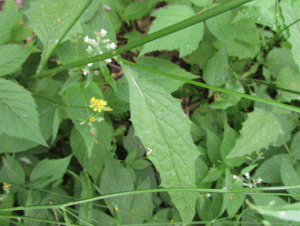
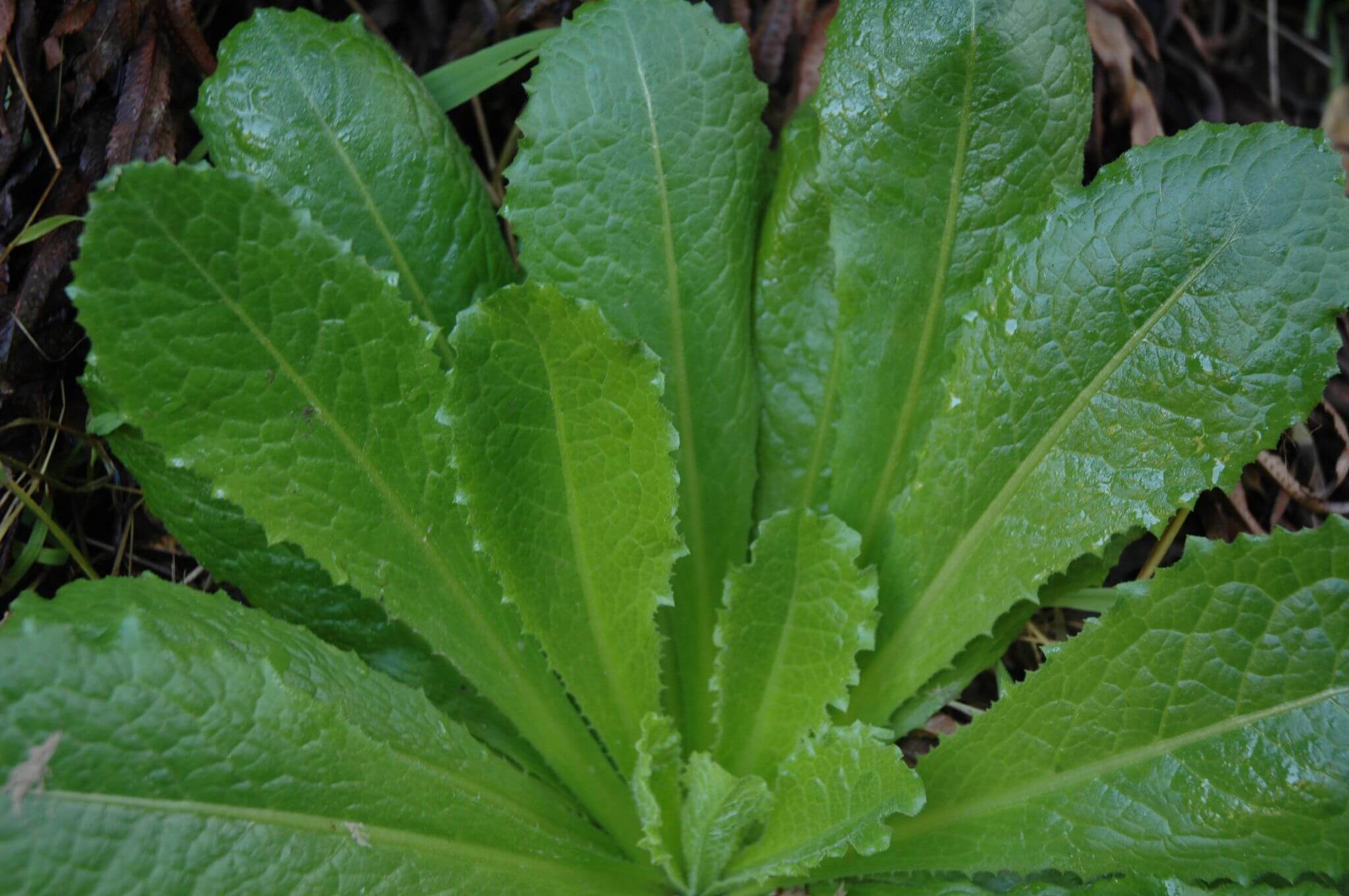
![By Stefan.lefnaer [CC BY-SA 4.0 (https://creativecommons.org/licenses/by-sa/4.0)], from Wikimedia Commons](https://upload.wikimedia.org/wikipedia/commons/thumb/b/b2/Lactuca_serriola_sl2.jpg/800px-Lactuca_serriola_sl2.jpg)

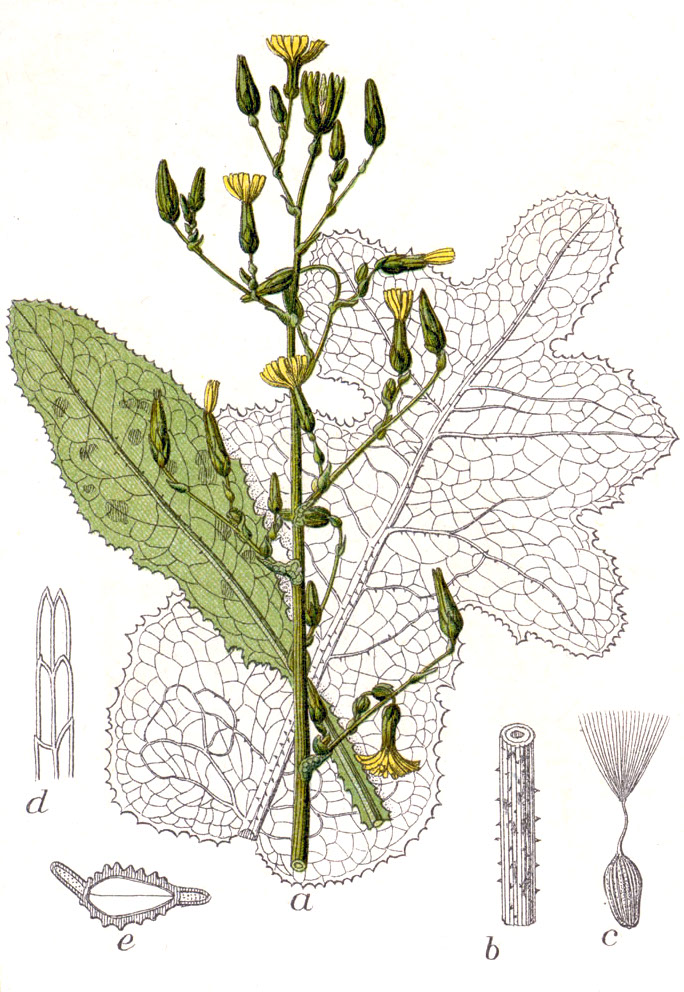
![By Johann Samuel Halle 1727-1810 [Public domain], via Wikimedia Commons](https://upload.wikimedia.org/wikipedia/commons/thumb/c/ce/Lactuca_virosa_illustration_1794.jpg/800px-Lactuca_virosa_illustration_1794.jpg)
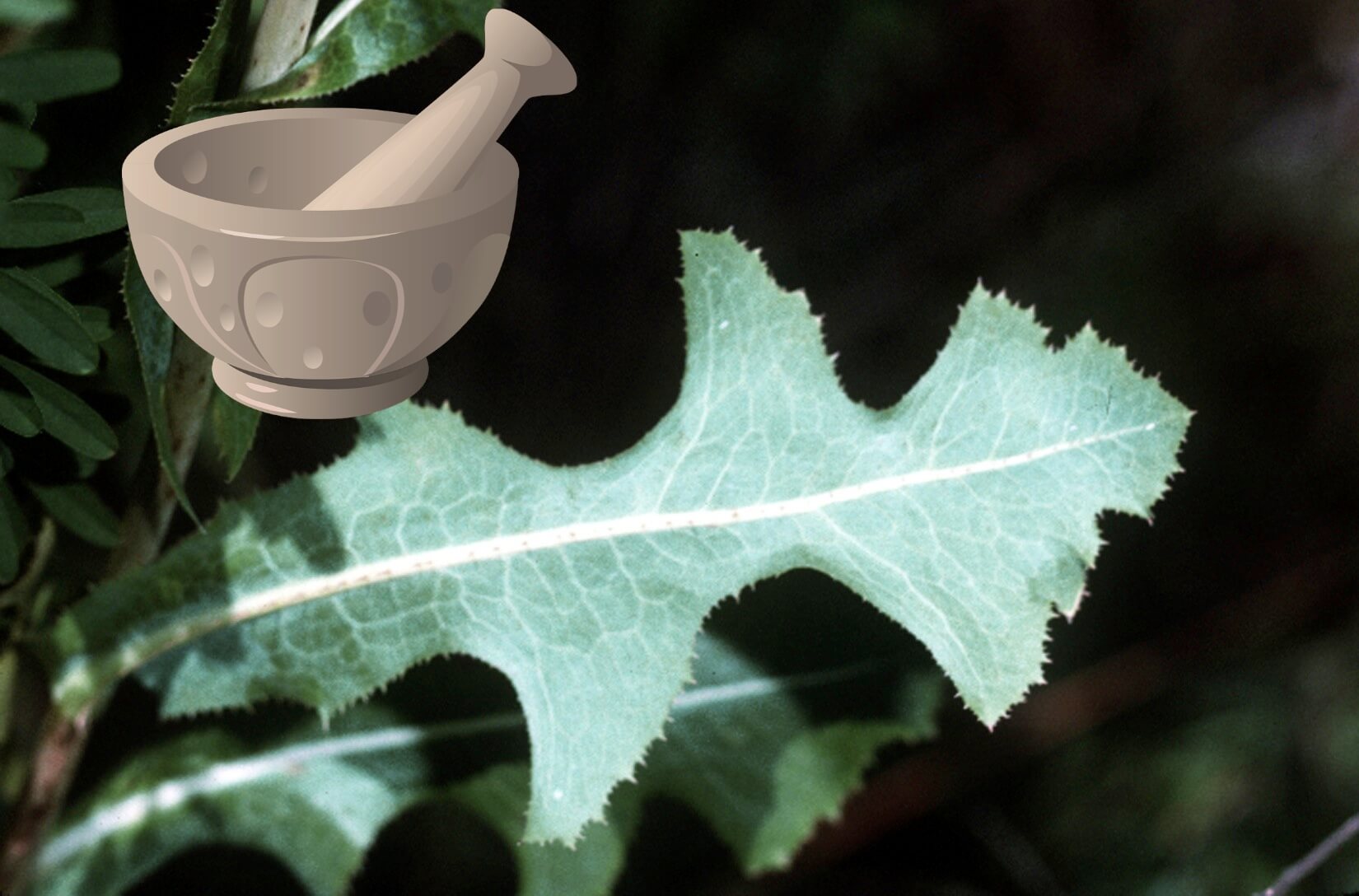

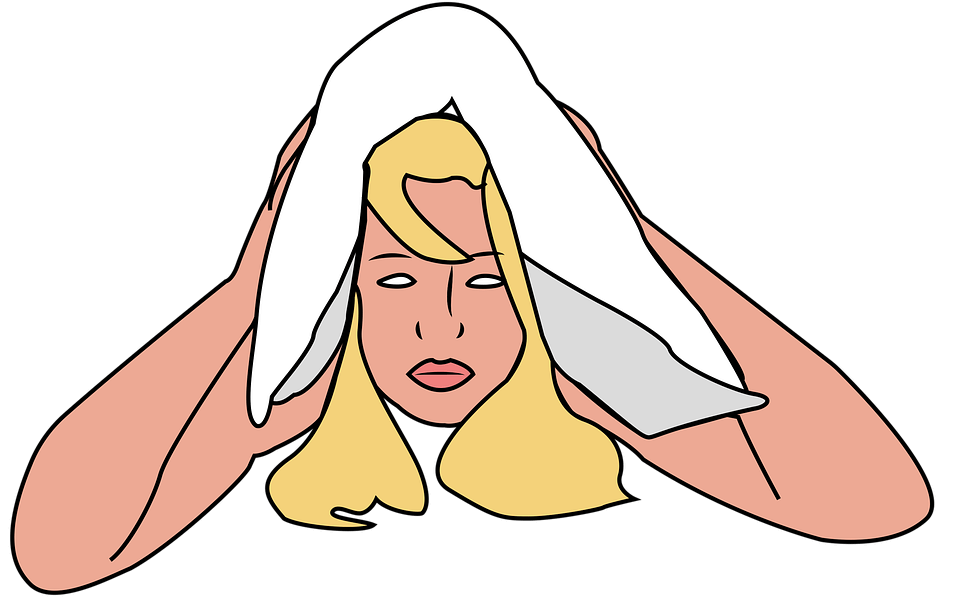

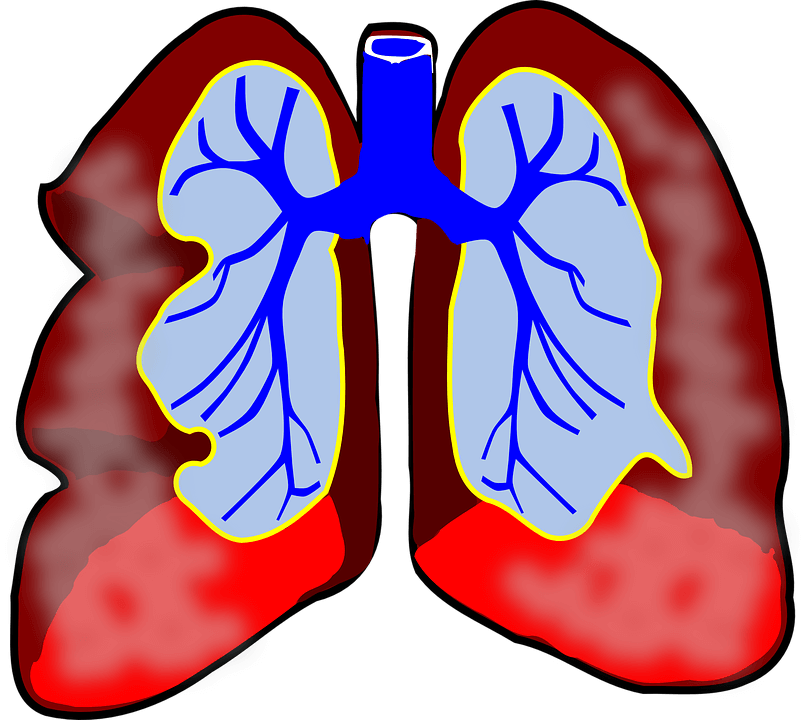


![By Frank Mayfield (gmayfield10) - https://www.flickr.com/photos/gmayfield10/3362991782, CC BY-SA 2.0, https://commons.wikimedia.org/w/index.php?curid=31118544, [[File:Lactuca virosa.jpg|thumb|Lactuca virosa]], https://upload.wikimedia.org/wikipedia/commons/a/a7/Lactucaserriola2web.jpg](https://situationalwellness.com/wp-content/uploads/2018/04/wild-lettuce-indentify.png)
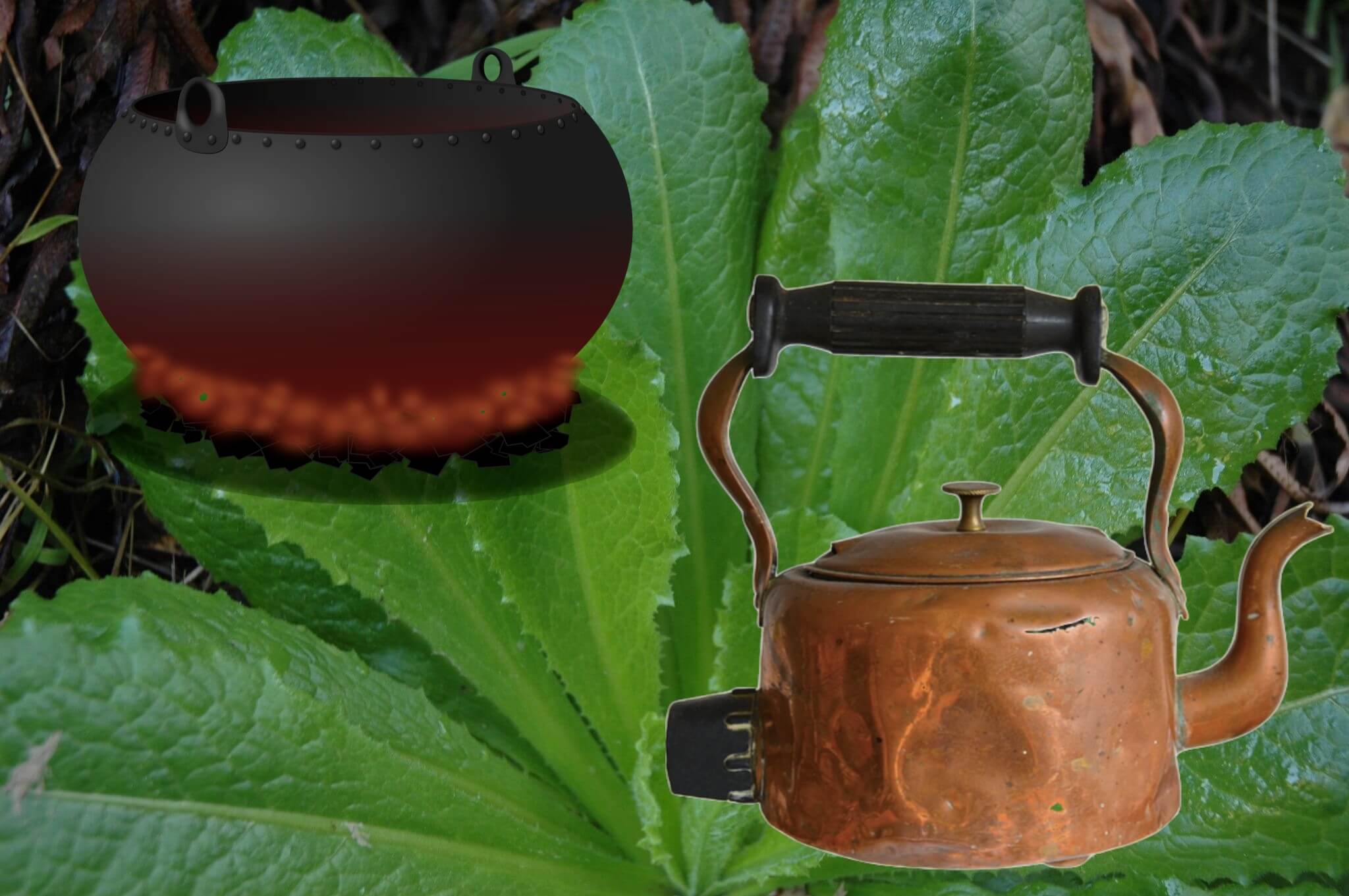
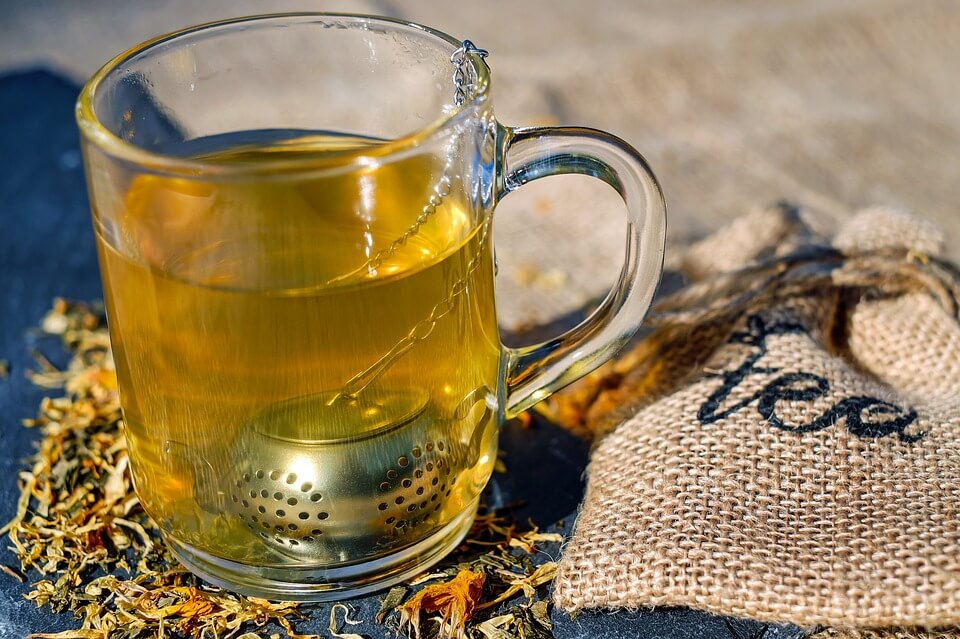
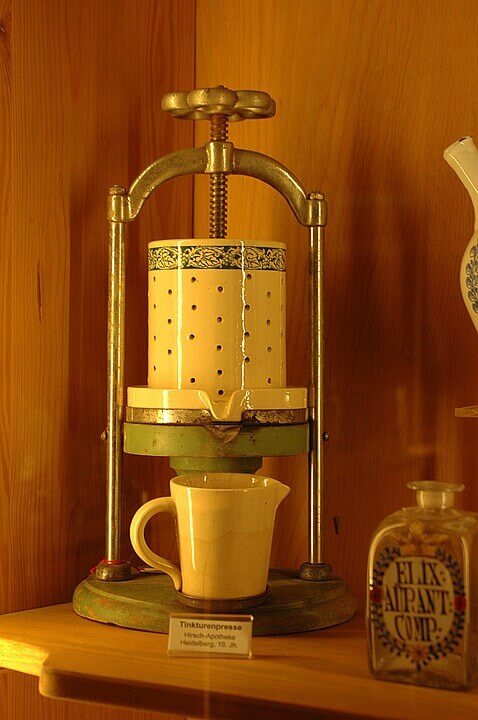
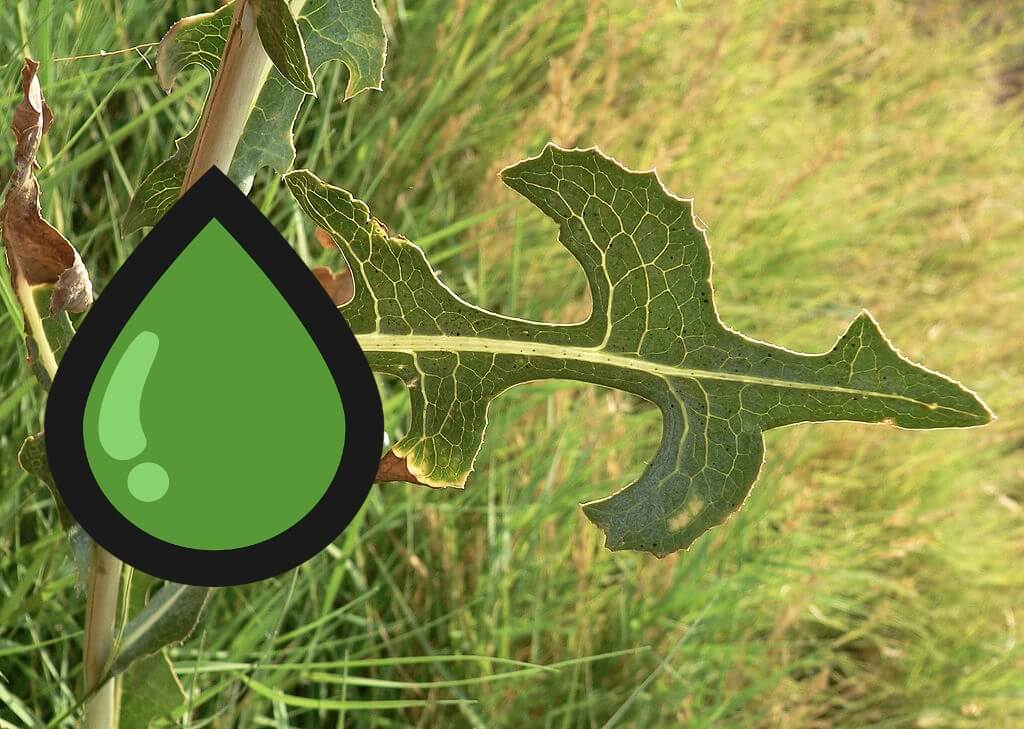
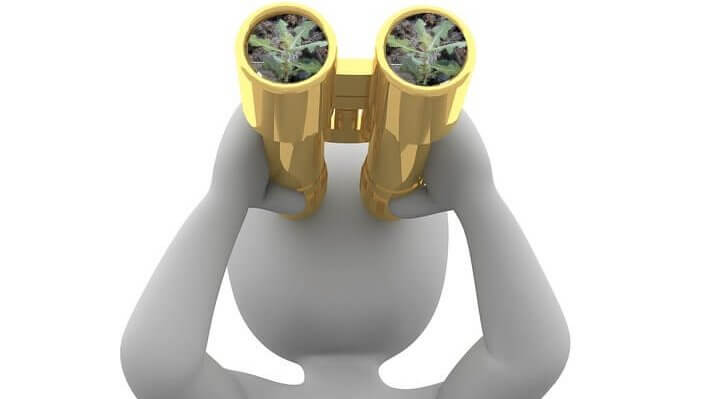
Hi there,
What an interesting and informative article. I’m South African and these kind of side-walk plants we call forage food and are becoming increasingly popular here too as a free food source too.
You’ve given a wealth of info in your article, thanks.
All the best,
Michelle
Hi Michelle, I’m glad to see folks are catching on in awareness of these plants where your at. I noticed that there are 3 different species that grow in that neck of the woods. You might want to take a gander. http://www.gardenology.org/wiki/Lactuca
Thanks so much for taking the time to comment.
Blessings, Brad
I love this article! As a sufferer of migraines (basilar) a very rare type of migraine, this would benefit me and maybe get me off these horrible medications I have to take daily. Actually I have read about this before but not at this magnitude, you have nailed it and completely laid out everything about wild lettuce.
I hope you can help find out how we gain access to it in the United States or maybe find out if it grows here, specifically in SouthWest Florida where I reside. Thoughts??
Hi Kristen,
I think your in luck. There is species of wild lettuce that can be grown in south florida called tropical lettuce or indian lettuce (lactuca indica) https://permaculturenews.org/2017/04/05/tropical-lettuce/. There is also another species called “Lactuca Floridana” (Floridana is latin for Florida) and it grows wild in Florida as i understand it. But I’m not sure if grows wild specifically in your area. http://www.eattheweeds.com/lactuca-floridana-let-us-eat-wild-lettuce-2/
Check with your local health food store. You may be able to find it there. I know you can purchase it online if need be. My guess is that there are a lot of different species that you could grow down there as well.
Hopefully that will give some good leads on where to look.
Thanks for chiming in and good luck.
Blessings, Brad
Hi–this is an amazing post, I have heard about Wild Lettuce. but I did not know all these uses. I have liked how it is made and will try to make mine but am not sure where I can find this plant let alone its legality in this country. I will have to check but its usefulness surpasses many issues. Thank you for the information and detailed process you have explained.
Thanks, i was really hoping to put together a map of all the places where it grows wild but the data just is’nt out there. That would have been a big help for those who are inquiring as to if it grows in their area. I’m not aware of which nations or provinces don’t allow for the sale, harvesting or possession of wild lettuce. I just hope yours’ is’nt one of them. If so, I’d like to know if you don’t mind chiming back in. And yes, as far the pros and cons of usage, there is far more upside in this wild herb/plant in my estimation. Thanks again for taking the time to read and comment.
Cheers and blessings, Brad
Amazing research about wild lettuce! I had no idea it existed. I have been trying real hard at healing myself naturally. I have recently looked into essential oils and now I will have to check out wild lettuce. Thank you.
Thanks Jessica,
I learned a lot in researching for this piece. My mom originally told me about it and gave me some dried leaf that she picked last year. I’ve been getting into essential oils as well. I got some peppermint oil recently and been using it in my diffuser. I notice it really helps to clear out my sinuses in the morning among other things.
Thanks for reading offering your thoughts.
Blessings to you, Brad
I discovered wild lettuce this last summer and found it grows along my driveway, along the road sides and along walking trails here in North Idaho. I have been drinking wild lettuce tea and found it really helps with arthritis pain and with sleep taken at bedtime. Have not tried to harvest the sap because not sure how to go about it. I cut up the whole plant after drying and use it for tea to get the most of the sap from the stem and the leaves. I mix it with lemon balm and peppermint leaves to add flavor. Still experimenting but I believe there is a great benefit to be found using this plant. Wonderful article Brad and I have learned even more about how to use this plant God bless.
I remember when you first told me about wild lettuce. Then after doing the research was amazed at the wellness properties it has to offer. That book you loaned me “the lost ways” has a small section on wild lettuce i noticed. If you watched that video of the man showing how to make the extract you’ll notice that he cites that book. I would like to get around to making the extract and maybe the tincture at some point. On that note I think I’ll get my infuser out and have a cup of tea. Love ya and talk soon.
Another great article! You have done an amazing job! Ever since I moved to this country, I had completely forgotten about this plant. Back when I was in China, my grandparents used to grow them and they would use the plant for pain relief and to boost their immune system. I am glad you wrote this article. There are so many people that can benefit from this article. In fact, I just bookmarked it for future use. Every time I come to your website, I always learn new thing. I was wondering where I can go to buy wild lettuce seed? Thank you in advance!
Thanks for chiming in Hong,
I appreciate your testimony about how your grandparents used this plant. It’s good to know that we can look to what our elders did (and do) for remedy and healing and learn a lot from them. My mom was the first one to enlighten me on this plant. Her and i will probably go foraging for wild lettuce a little later this year and we’ve talked about making the extract and tincture as well, so that’s in the cards too. We never have to look to hard to find it. It grows everywhere here in North Idaho. You could look into foraging and harvesting the lettuce wild if it grows wild in your area (which i think there is a good chance it does).
Thank you so much for adding your thoughts and kind words. Grateful as always.
Blessings, Brad
Where can I buy a book with the information of wild lettuce and how to use it?
That’s a good question Frances. I did some looking around and I can’t find a book dedicated to wild lettuce. My mom first told me about wild lettuce and she learned about it from a book titled the lost ways wherein on page 113-114 explains what wild lettuce is and how to make an extract. She used the instructions how to make an extract from the video I posted https://situationalwellness.com/wild-lettuce-uses-benefits-side-effects-and-identification#Extract
I would like to know myself if there is a book that at least has a chapter on wild lettuce with indications on how to use it. If I come across one I will definitely insert into the post. If you don’t mind please send info my way if you find one.
Thank you very much for stopping by
With gratitude, Brad
Yes. When you buy the book you also can get it via your computer at no extra cost. It’s a great book with a wealth of knowledge. I recommend everyone buy it. It WILL surprise you with all the things that have been lost to time. And, No I do not work with them at all, lol
It turns out that this plant has such a long history that it is difficult to imagine since it has been known since such ancient times and still has all the same properties.
It’s good to know that there are great many things that grow right at our feet in which nature has provided for healing and well-being.
-Brad
Brad
After your videos and closer inspection I DO have wild lettuce so, disregard my last message. Thanks to all involved in showing us about this amazing plant. With 6 injuries to my spine I look forward to July when they go to bloom and I can use it for pain relief. Maybe I’ll be able to cut ties with some of my medications. I sure hope to get a good nights sleep. I am learly of using any before it reaches its peak. I might be tempted to use it before I might get the most benefit from it. Again, “Thank You”
Hi Carroll,
Thank you for the comment. My mother was the one who introduced me to the wonders of wild lettuce. I was compelled thereafter,to write this piece. It’s good to know that, a plant that grows so pervasively almost anywhere, can be so easily harvested and prepared for a myriad of medicinal purposes. My mother says it’s served her well in many ways. Not the least of which, it’s effectiveness as a sedative.
My prayers are with you in hopes that it can be a remedy to help mitigate your spinal pain.
Blessings, Brad